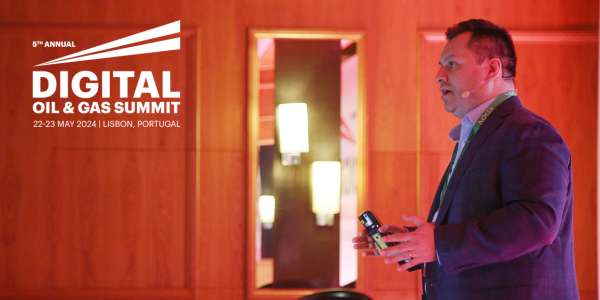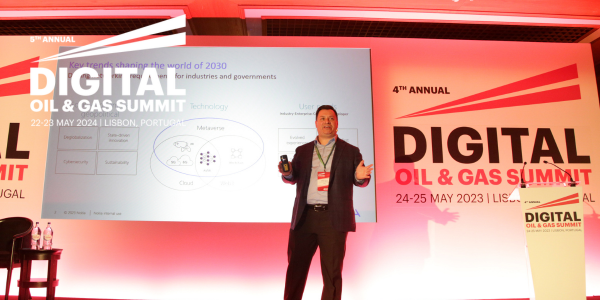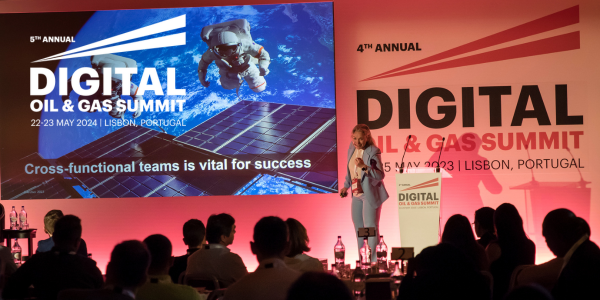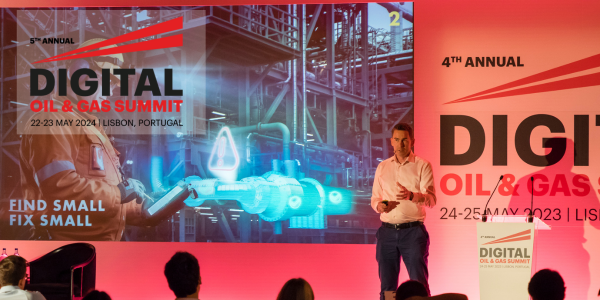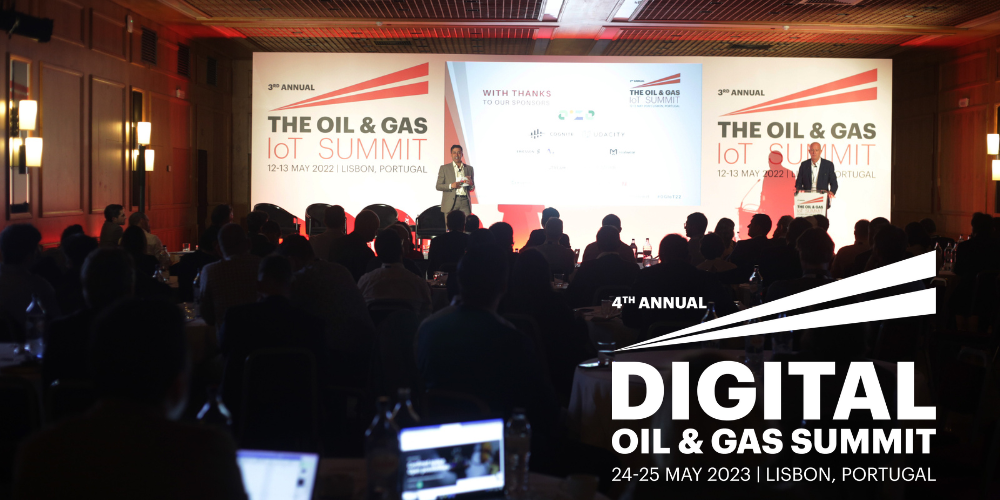The Oil and Gas (O&G) industry, vital to the global economy, is undergoing a critical transformation driven by digitalization. Senior executives in OT and IT roles are at the forefront of integrating automation and robotics, a movement that is not just a trend but an essential evolution in a competitive and environmentally conscious world.
Real-World Examples of Technological Integration
- Shell’s AI-Driven Deepwater Exploration: Shell’s collaboration with SparkCognition has led to the use of AI technology for deep sea exploration and production, dramatically reducing exploration times and aiding in deep sea preservation.
- Shell and Equinor’s Vito Deepwater Platform: This platform, with a peak production capacity of 100,000 barrels of oil equivalent per day, demonstrates a significant technological achievement in deepwater oil fields, achieving a substantial reduction in CO2 emissions and cost.
The Transformative Impact of Robotics and Automation
- Advanced Robotics: Robots like Houston Mechatronics’ Aquanaut represent a major shift in underwater operations, performing tasks with higher efficiency and at significantly lower costs.
- Operational Efficiency and Safety: Robots equipped with advanced sensors, such as ANYmal, enhance safety and efficiency, especially in hazardous environments
Addressing Challenges and Benefits
- Enhanced Safety: Automation reduces the need for human involvement in dangerous environments, improving safety standards.
- Cost Efficiency: Technologies like Aquanaut aim to halve the cost of inspection, maintenance, and repair operations, a significant economic benefit.
- Operational Efficiency: Robots like ANYmal carry out routine inspections more efficiently, optimizing time and resources.
Implementation Challenges
- High Initial Investment: The introduction of these technologies requires significant capital investment.
- Technical Complexity: The operation and maintenance of these systems demand advanced technical expertise, presenting a challenge in workforce development.
- Integration with Existing Systems: Seamlessly integrating new technologies with existing infrastructure requires meticulous planning.
Future Landscape
The future of O&G is leaning towards a more interconnected and data-driven industry, with an increased use of AI, autonomous drones for exploration, and predictive analytics. These advancements promise a landscape prioritising efficiency, safety, and sustainability.
Conclusion
The journey towards a digitally transformed O&G sector is progressing, with automation and robotics playing a crucial role. As industry leaders gather insights at forums like the Digital Oil & Gas Summit, the focus on innovation and collaboration is key to meeting today’s challenges and redefining tomorrow’s energy landscape.
Join us at the Digital Oil & Gas Summit 2024
Automation & Robotics is one of the many critical topics will be discussing at this year’s Digital Oil & Gas Summit. Take a look at our agenda here!
Join us for FREE – To get your free delegate pass just register here using the code COMP
LIMITED SPONSOR PLACES REMAIN – With only 2 sponsor slots remaining be quick and get in touch now to find out more!
See you in May!
